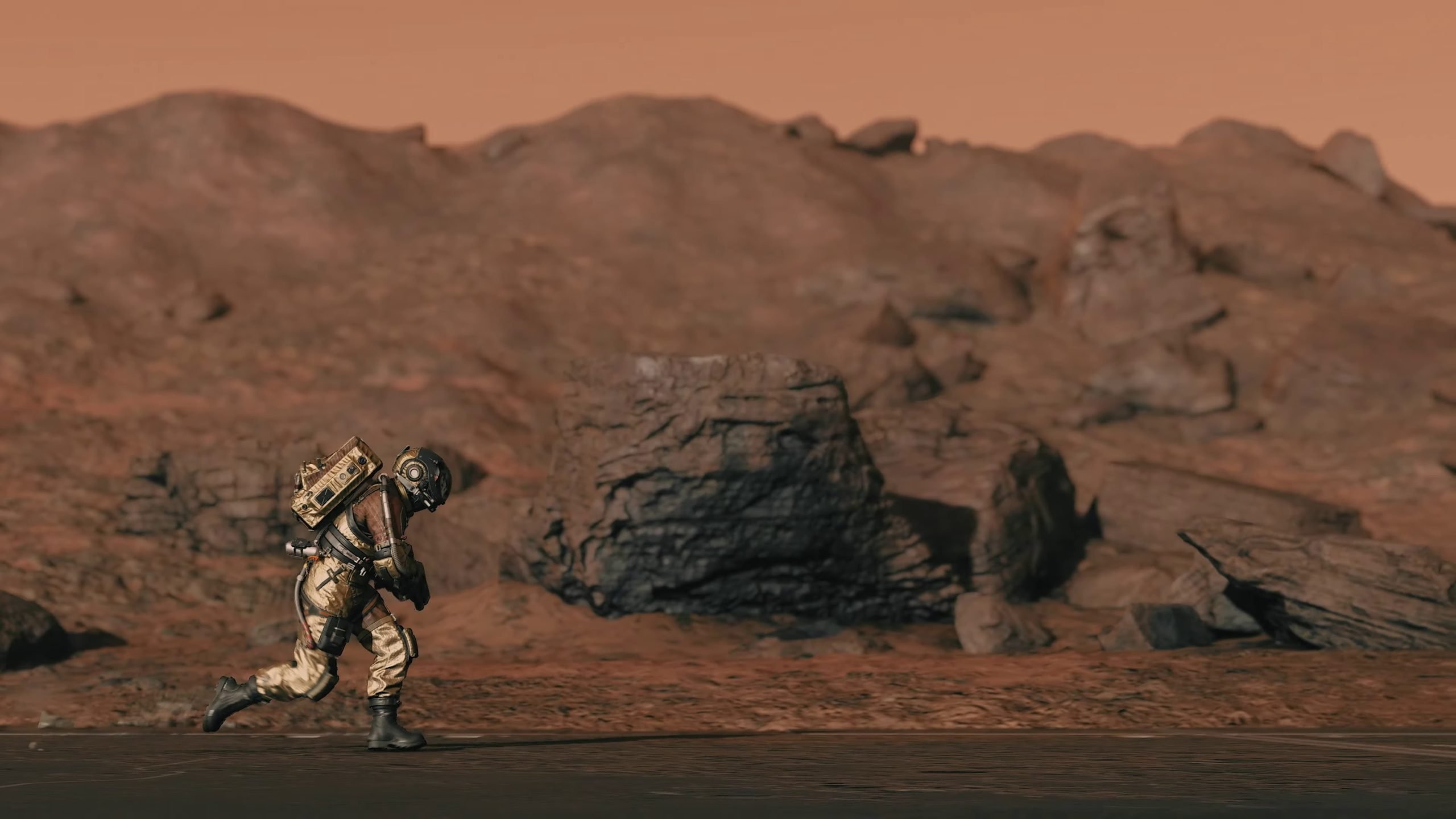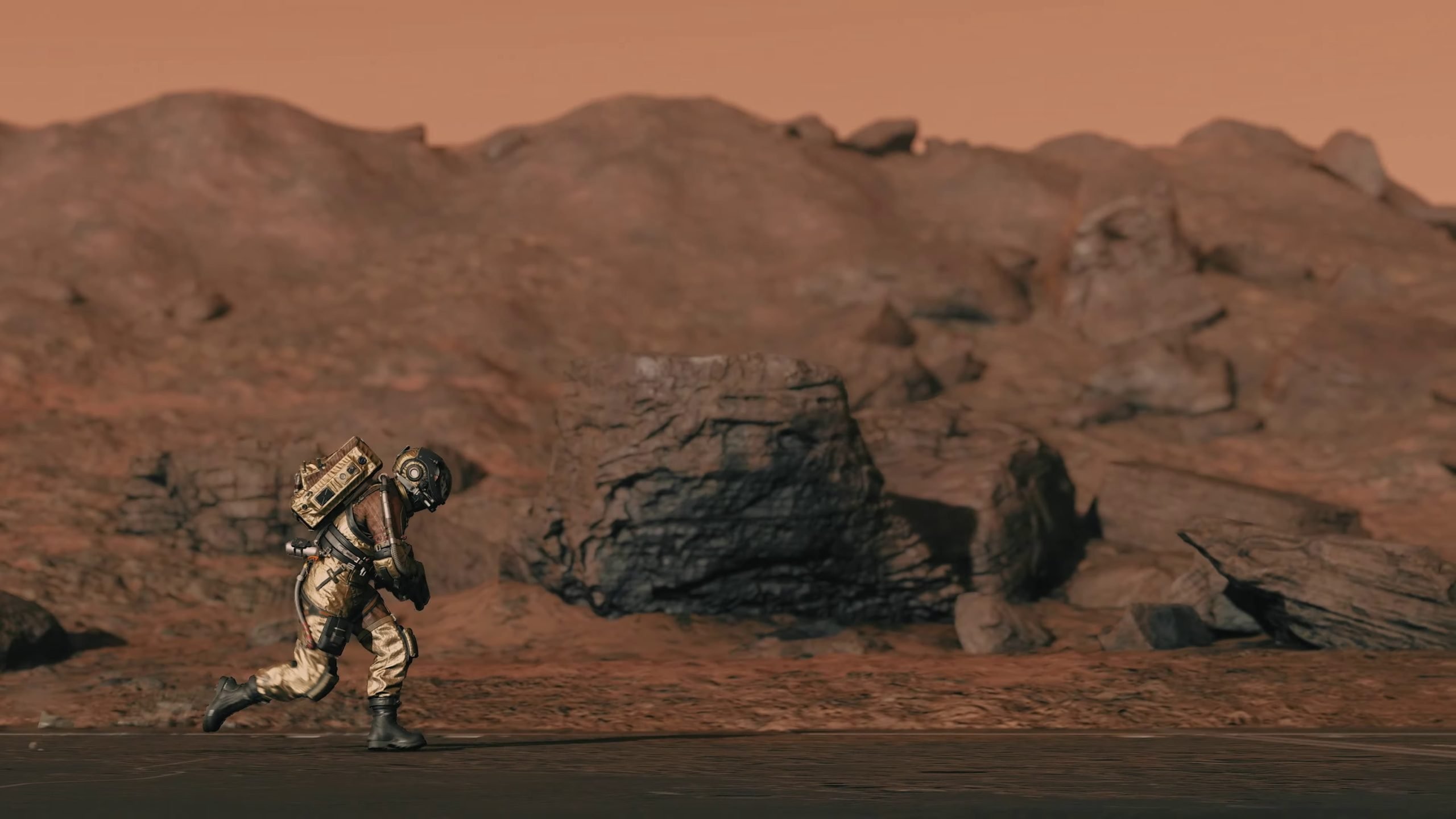
Starfield’s sales aren’t as high as most expected them to be, which might be a problem.
- Starfield, the latest role-playing game from Bethesda Game Studios, has received mixed reviews from Steam users..
- Design choices for exploration are seen as outdated, with barren terrains and limited space-travel experiences relying on loading screens.
- Overall, Starfield feels like a combination of Skyrim and Fallout set in space, but it doesn’t live up to the high expectations players had.
The latest role-playing game from Bethesda Game Studios, Starfield, has started to receive negative Steam user reviews. The studio’s first original IP in almost 20 years, which attracted a lot of interest prior to its official release, is leaving players feeling let down in a number of ways.
The main grievance with Starfield is its user interface. The UI of the game is undoubtedly its weak point because it makes it difficult to manage the abundance of resources, equipment, and stats that are necessary for gaming. Despite its potential, the base-building concept leaves players with a complicated jumble. It’s consistently unclear which raw materials are needed for what constructions, and the game doesn’t make it easier for players to comprehend what created materials mean. Because of this, it’s simple to get caught up in a discouraging cycle of try and error. Furthermore flawed is the inventory system. Gamers find it difficult to decide which objects to sell or keep because of the enormous amount that may be accumulated, which makes the already difficult gameplay much more difficult.
There are certain similarities to The Elder Scrolls V: Skyrim, Bethesda’s previous classic game, though not in the way the developer had hoped. Rather than taking lessons from the past, Bethesda chose to focus even more on one of the few very bad things about Skyrim: the interface. The haphazard and needless alterations made to the interface make an already complex system much more confusing. This has significantly impeded the gameplay experience, along with subpar optimization and lengthy loading screens.
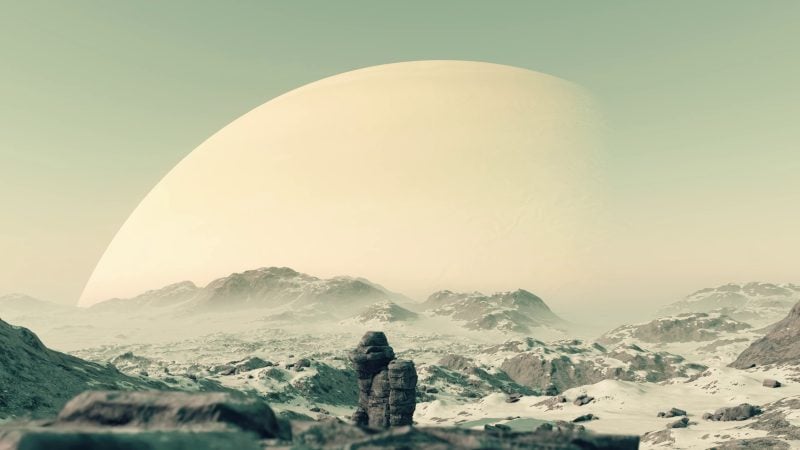
But the problems don’t end with the user interface. The exploration’s design decisions seem perplexing and dated. It’s confusing that planets were designed to resemble the first Mass Effect, where you land on worlds with no vehicles to aid in your exploration. It’s a pain to walk between Points of Interest through large, frequently desolate terrains, leaving you feeling unimpressed. Starfield feels more like The Elder Scrolls IV: Oblivion than a game that was released on a current-generation platform because of its antiquated style.
Additionally, Starfield’s economy needs some attention. It would seem that selling spacecraft would bring in more credits. However, a spacecraft’s value seems strangely low in Starfield. Because of this distorted perception of the in-game economy, certain tasks—like battling pirates—tend to be more profitable than others that ought to have greater stakes and rewards.
Furthermore, Starfield appears to restrict the player’s real-world space exploration experience, even though it is billed as such. Because it relies too much on loading screens, it lacks the excitement of takeoff, flight, and landing.
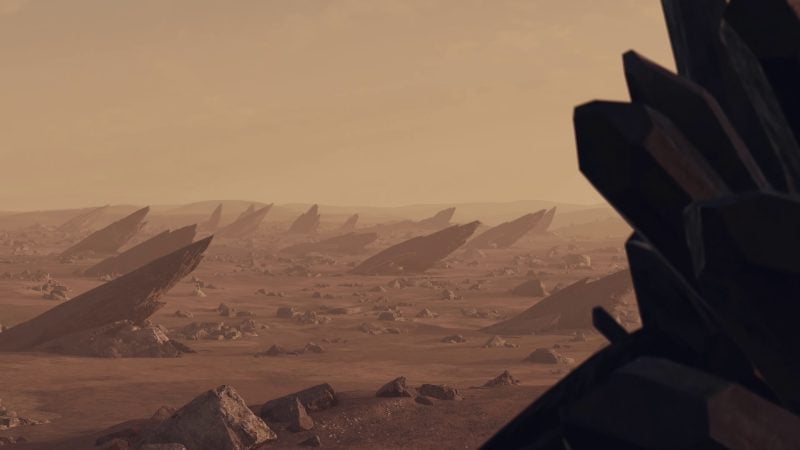
It’s obvious that Bethesda had high hopes. It was their goal to provide gamers with an expansive universe to explore through an endless number of destinations and gameplay mechanisms. Although this was a noble objective, it appears that in actuality, the game’s vast and unending expanse left many sections feeling lifeless and uninspired. The game’s handcrafted portions are excellent, but its heavy dependence on randomly generated content detracts from the whole experience. Starfield seems to penalize you instead of rewarding you for your exploration of the world.
Feedback suggests that Starfield’s enjoyment curve is not very steady. Players must endure a roller-coaster of emotions throughout the first few hours of the game before the true fun starts. At that point, the experience becomes monotonous as the fundamental weaknesses become more apparent.
In the end, Starfield is a space-based hybrid of Fallout and Skyrim. This is not always a terrible thing.Such a game would find a market. However, it’s evident that the game falls short of many people’s high expectations.
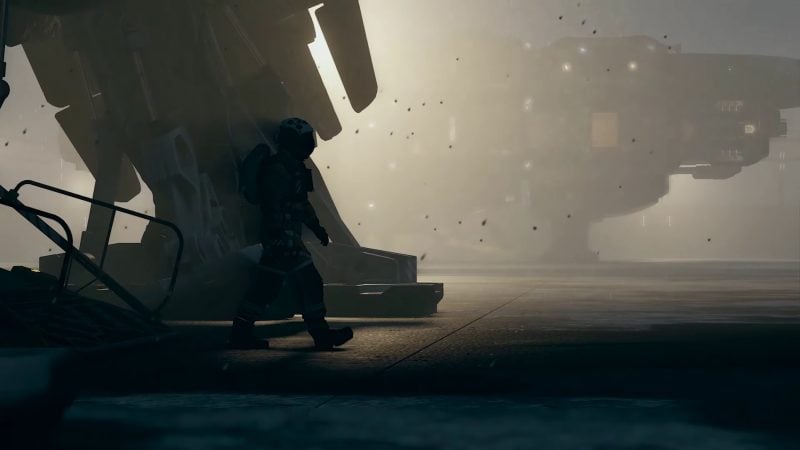
The lackluster exploring features, antiquated gameplay, and poor execution of Starfield prevent it from reaching the stars.
